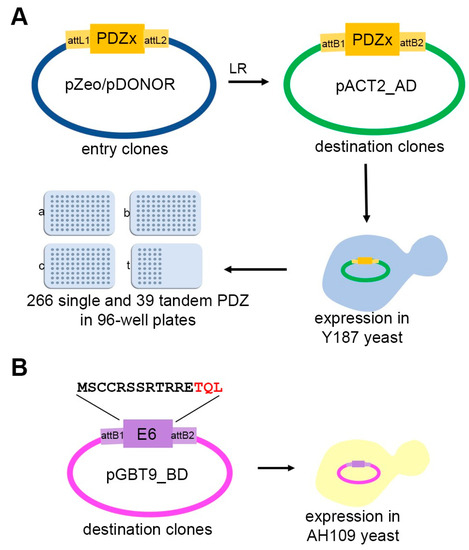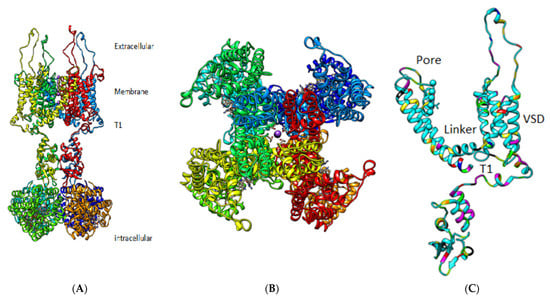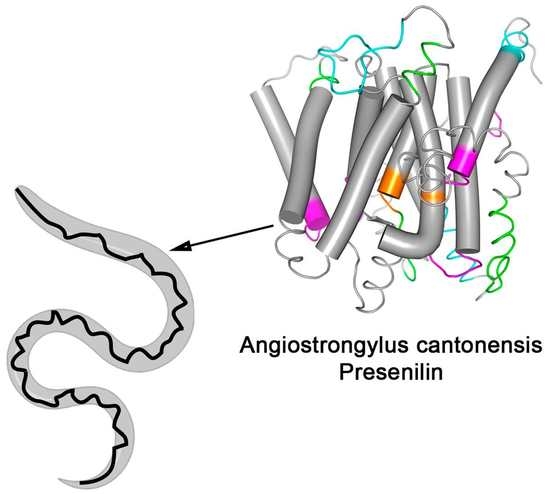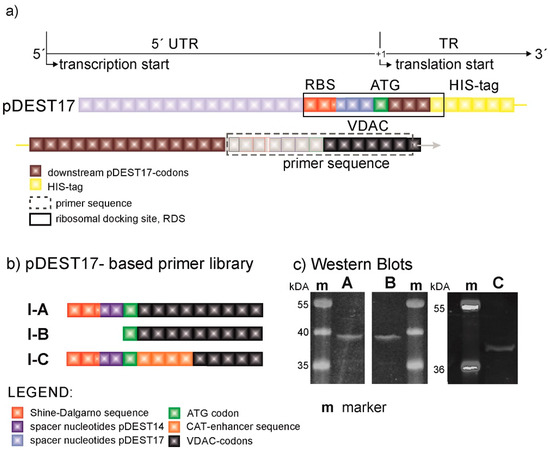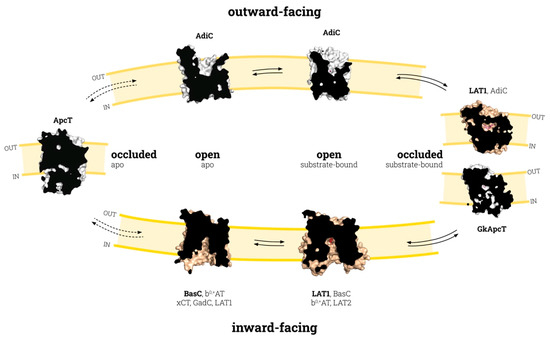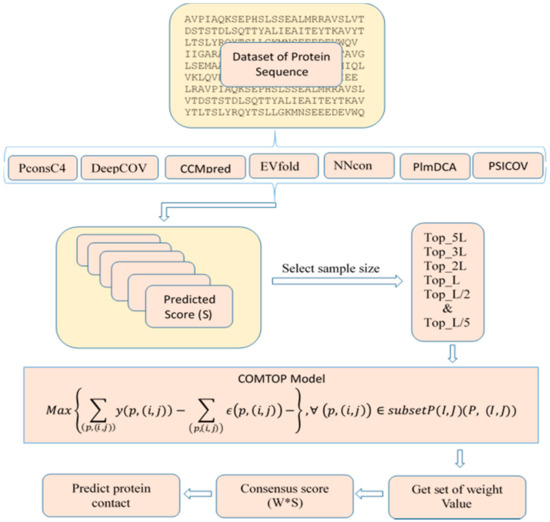Membrane Protein Structure and Functions
A topical collection in Membranes (ISSN 2077-0375). This collection belongs to the section "Biological Membrane Composition and Structures".
Viewed by 14261Editors
Interests: protein structure; biophysics of ion channels; channel activation
Interests: ion channel biophysics; electrophysiology; GPCRs
Topical Collection Information
Dear Colleagues,
Membrane proteins encompass about 30% of the whole proteome and represent more than 40% of the total drug targets. The combination of structural biology and functional characterization approaches has been extremely successful in understanding the molecular mechanisms behind their physiological function, opening new venues for drug development. In this Special Issue, we aim to present both original papers and reviews to offer an overview of the structure and function of membrane proteins, with a focus on the tremendous impacts of newly available biochemical reagents and the recent technological advances in structural determination. This collection will provide state-of-the-art knowledge on a class of proteins that is notoriously difficult to handle and it will highlight the anticipated new challenges that scientists will have to overcome to enrich our mechanistic understanding of the physiology taking place in the membrane.
Dr. Marco Lolicato
Dr. Cristina Arrigoni
Guest Editors
Manuscript Submission Information
Manuscripts should be submitted online at www.mdpi.com by registering and logging in to this website. Once you are registered, click here to go to the submission form. Manuscripts can be submitted until the deadline. All submissions that pass pre-check are peer-reviewed. Accepted papers will be published continuously in the journal (as soon as accepted) and will be listed together on the collection website. Research articles, review articles as well as short communications are invited. For planned papers, a title and short abstract (about 100 words) can be sent to the Editorial Office for announcement on this website.
Submitted manuscripts should not have been published previously, nor be under consideration for publication elsewhere (except conference proceedings papers). All manuscripts are thoroughly refereed through a single-blind peer-review process. A guide for authors and other relevant information for submission of manuscripts is available on the Instructions for Authors page. Membranes is an international peer-reviewed open access monthly journal published by MDPI.
Please visit the Instructions for Authors page before submitting a manuscript. The Article Processing Charge (APC) for publication in this open access journal is 2700 CHF (Swiss Francs). Submitted papers should be well formatted and use good English. Authors may use MDPI's English editing service prior to publication or during author revisions.
Keywords
- Crystallography
- Cryo-EM
- Electrophysiology
- Liposomes
- Nanodiscs
- Micelles
- Detergents
- Ion channels
- GPCR
- Transporters
- Membrane enzymes
- Lipids
- Bicelles
- SMALP






